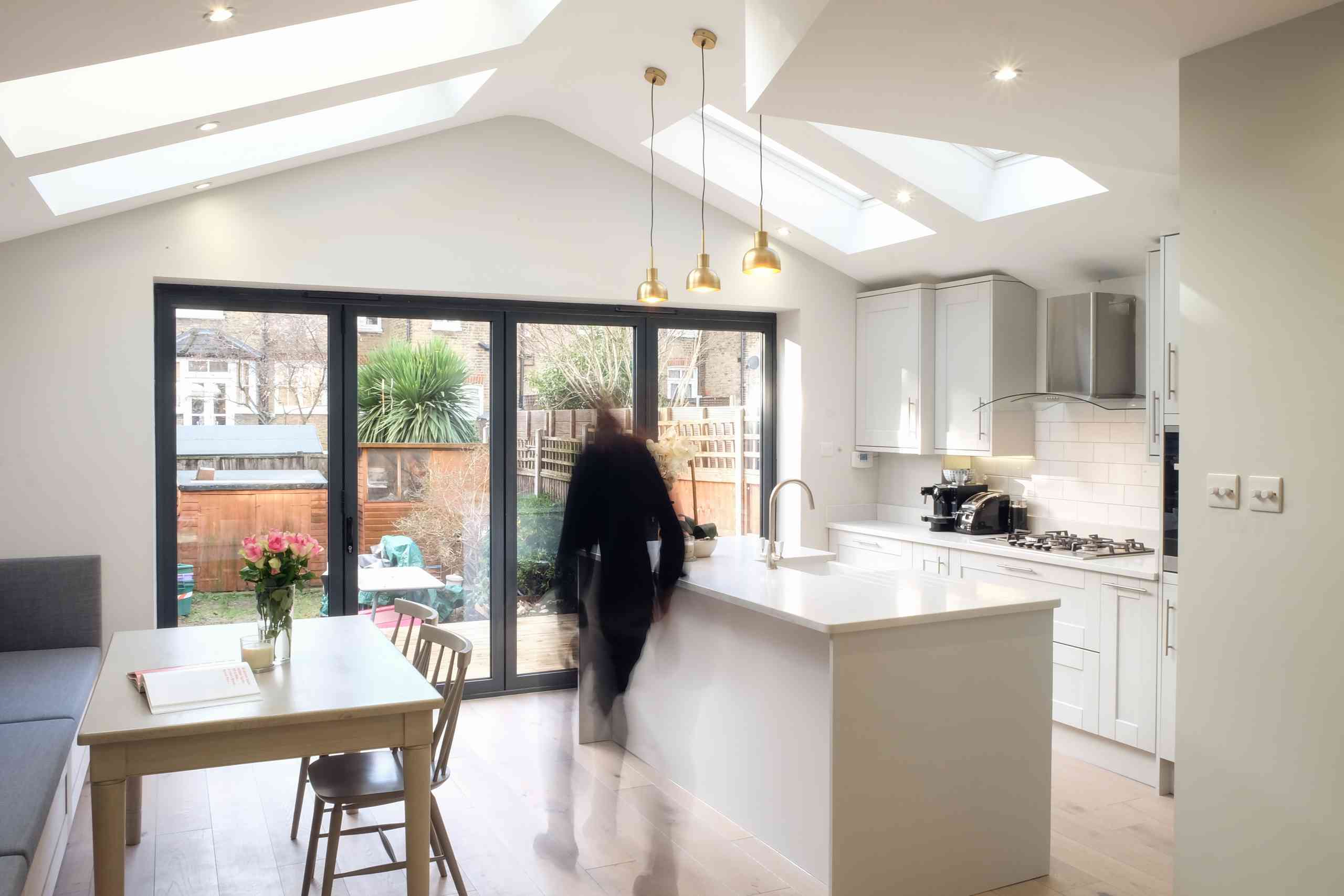GPDO stands for General Permitted Development Order. Permitted development gives permission to undertake certain alterations, extensions or additions to your home without requiring Planning Permission.
Design above by Will, architect from Brighton and Hove, South East. Click here to see more and shortlist them for your home project.
When permitted development doesn’t apply
There are certain situations to be aware of where GPDO rules do not usually apply:
- Your permitted development rights have been removed or restricted due to:
- local restrictions
- covenants
- your property is listed
- being in a conservation area or other protected area in the UK
- an Article 4 direction
- a previous planning application.
- The property is a flat
- You don’t own the whole property
What can you do to your home without planning permission?
Under GPDO rules, its possible to do the following without planning permission (within a strict set of rules):
- a loft conversion
- a single storey extension
- a double storey rear extension
- a side extension or side return extension
- a garden room or shed
- replacing windows and doors
- add skylights / roof lights
- internal alterations to the layout
- install solar panels or air source heat pump
- add or replace fences or garden walls
- add a porch
- add a conservatory
- a basement conversion
- add a raised deck
Do you need to apply for permitted development?
While it is possible to simply do the work without any permission from your local planning department, this will depend on the type development and the particular rules around it. Please be aware that Building Regulations will need to be applied for however in almost all situations.
Prior Approval Application
Many of the more ‘generous’ permitted development options require you to submit a prior approval application. This approval process in inherently objective, where they assess your proposal against particular criteria e.g. noise, flood-risk.
Certificate of Lawful Development
To be completely sure that your project meets permitted development guidelines and that your permitted development rights have not been removed (see below). It is usually a good idea to obtain a certificate of lawful development for this reason (ideally prior to construction). Not only will this provide peace of mind, it will also provide proof for a future buyer of your home that the work is lawful.
Emily Design for Me

